
Find more details on Swiss field telephone history on the Swiss Army Field Telephones Timeline.
The Swiss Army field phone, known as the "FTf 50: Feldtelefon Modell 50," was developed in the late 1940s by Albiswerk Zürich AG, a Swiss subsidiary of Siemens (later renamed Siemens Schweiz AG). Its design was inspired by the American EE-8 field phone. Weighing only 2.6 kg (5.7 lb), it was considered lightweight for its time, especially compared to its predecessor, the "FTf 47: Feldtelefon Modell 1947," which weighed over 9 kg (20 lb).
Between 1950 and 1960, Albiswerk supplied approximately 10'000 units to the Swiss Army. An additional 3'000 units were produced by Gfeller in the 1960s (the device shown in the video was manufactured by Gfeller).
The FTf 50 was also distributed to the Swiss Civil Protection Service and exported to the Dutch Army, where it was designated the "Veldtelefoontoestel TA-3001."
At truefork.org you can finde a very good repair guide for a common problem of some of the FTf 50 magnetos. With age the centrifugal force switch gets stuck and the magneto coil is always shortened, resulting in stiff cranking and not generating ring current.
Ready to use.

Disassembled
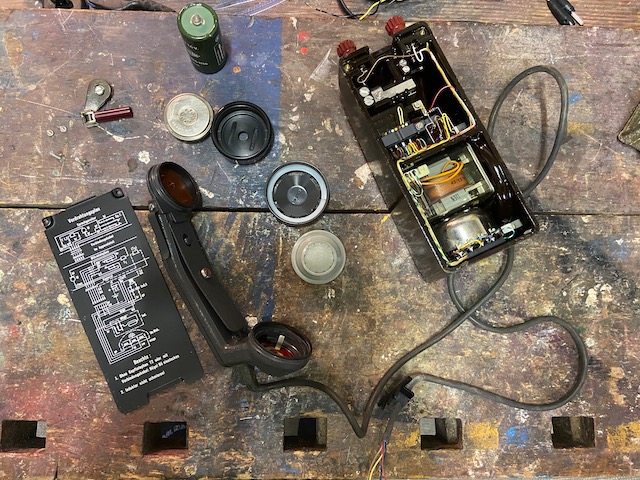
Top to bottom: Line connectors, battery cutoff lever, battery compartment, openings for ringer.
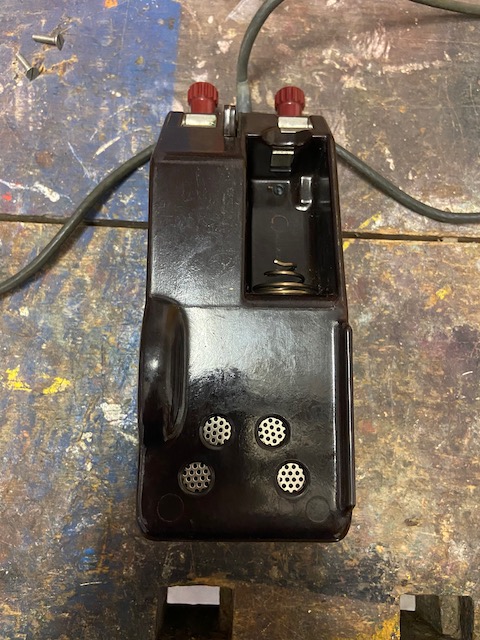
Folded crank.
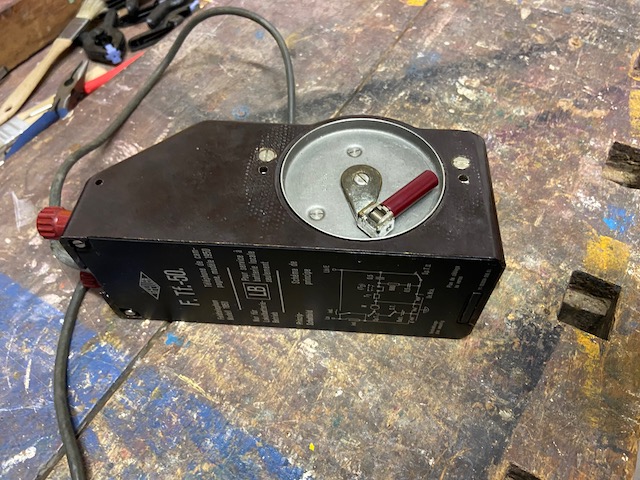
Top to bottom: Line connectors, Two pairs of replacement screws, Color coded handset microplugs, capacitor, small and lightweight generator, bell covering the combined ringer and induction coil.
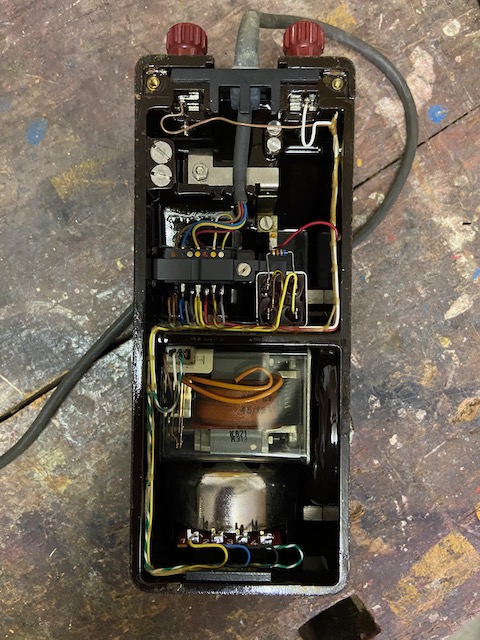
Electrical diagram (On lid outside, german and french)
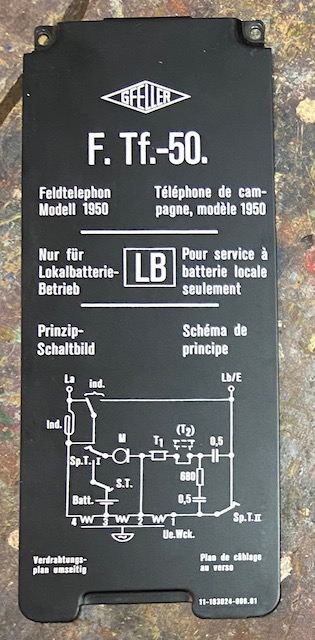
Wiring diagram (On lid inside)
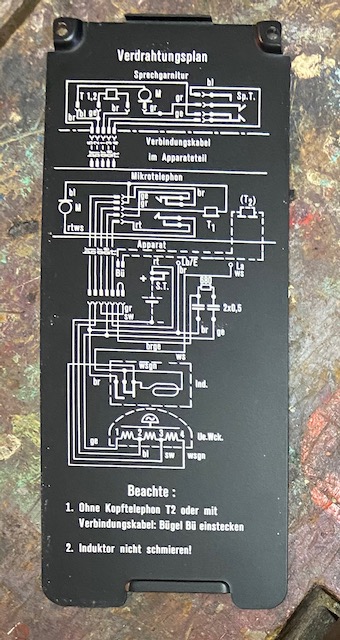
Handset. P.T.T. lever. Rainproof.
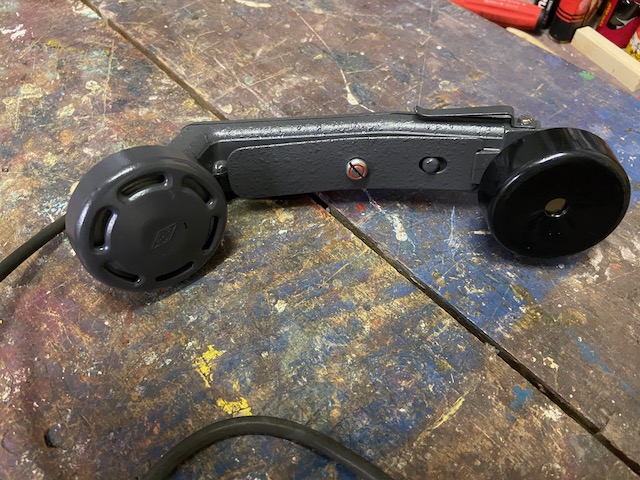
Handset with elements out.
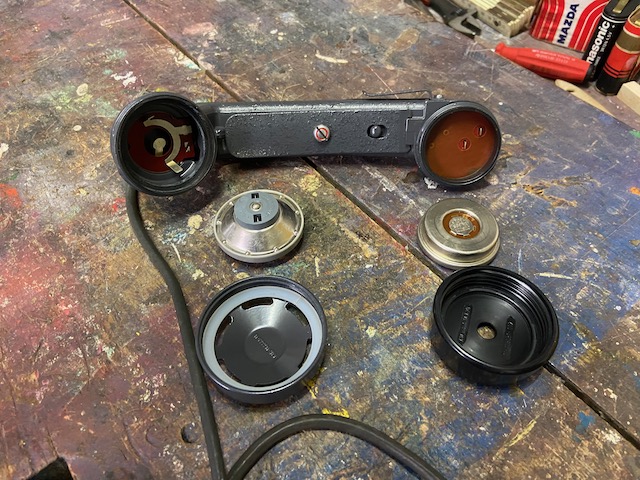
Handset microplugs.
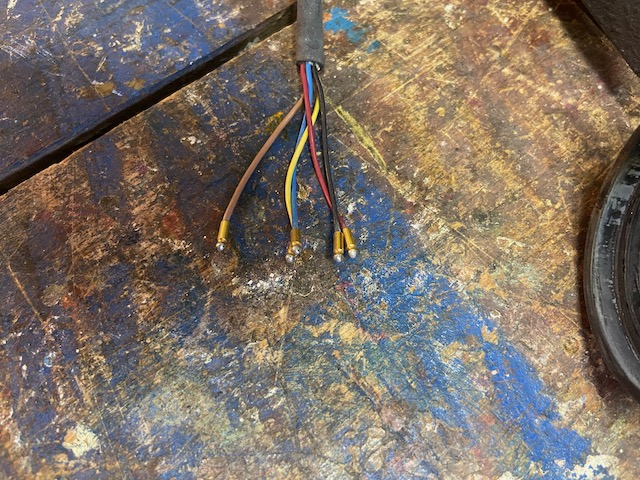
RX element. Specific size for that handset modell.
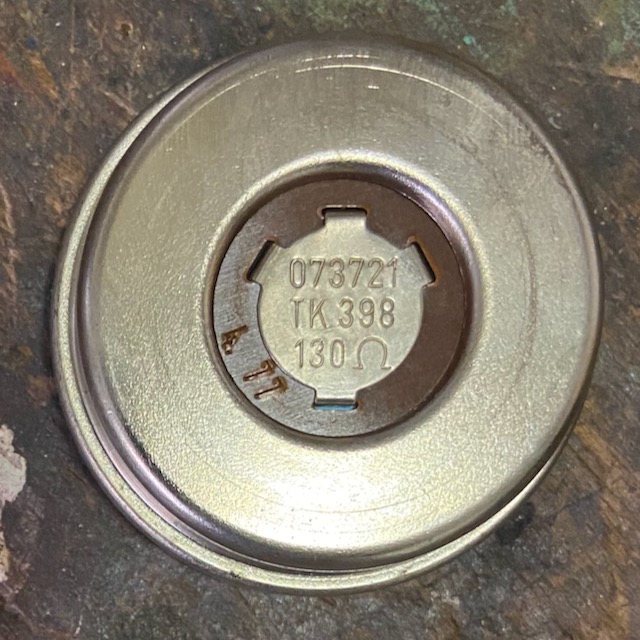
RX element. Specific size for that handset modell. That one made by autophon.
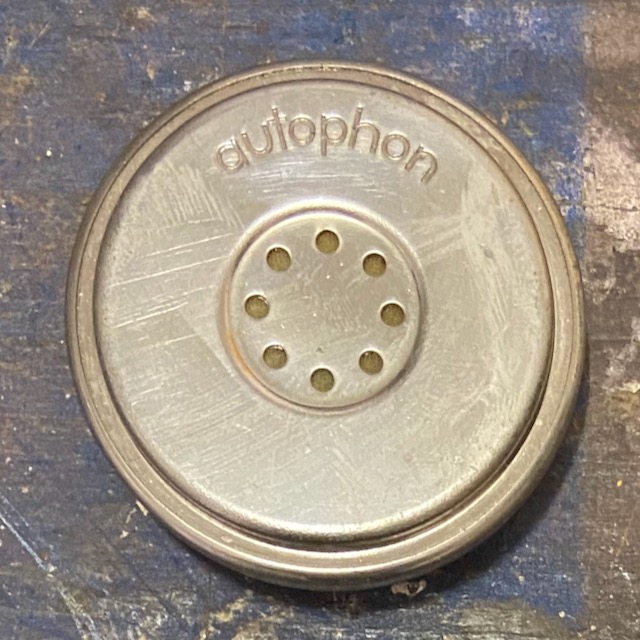
TX capsule, initially PTT standard 1946 carbon transmitter, later updated to dynamic in the 80ies, made by Philips.
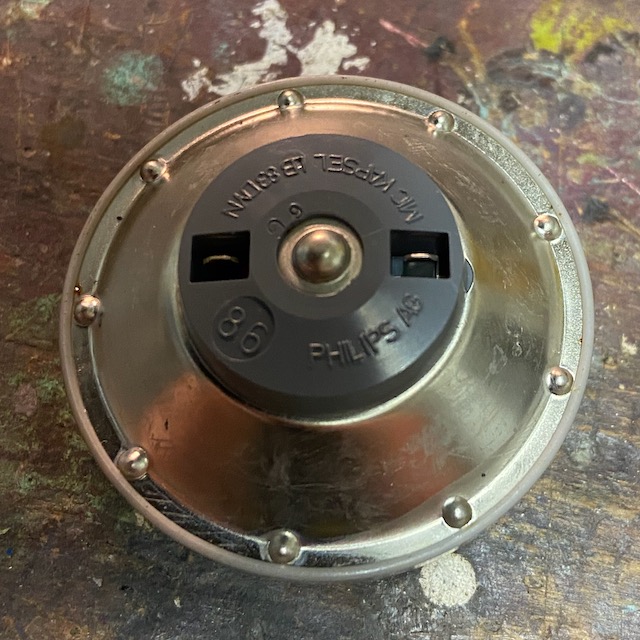
Look inside, battery cutoff lever in center.
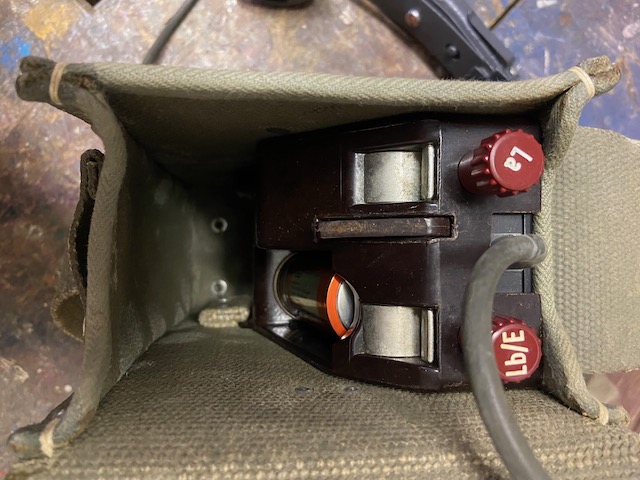
Handset stowed.
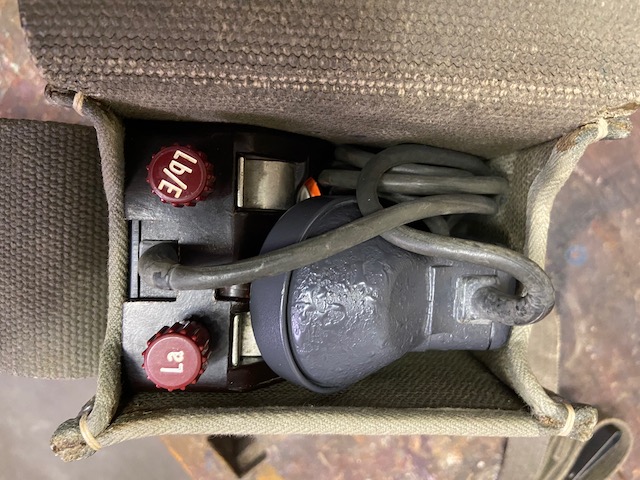
Ready for transport or storage.
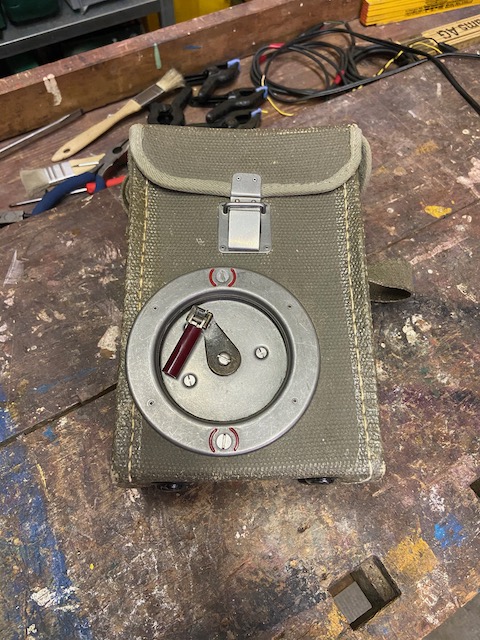
Creative Commons Attribution-ShareAlike 4.0 International License